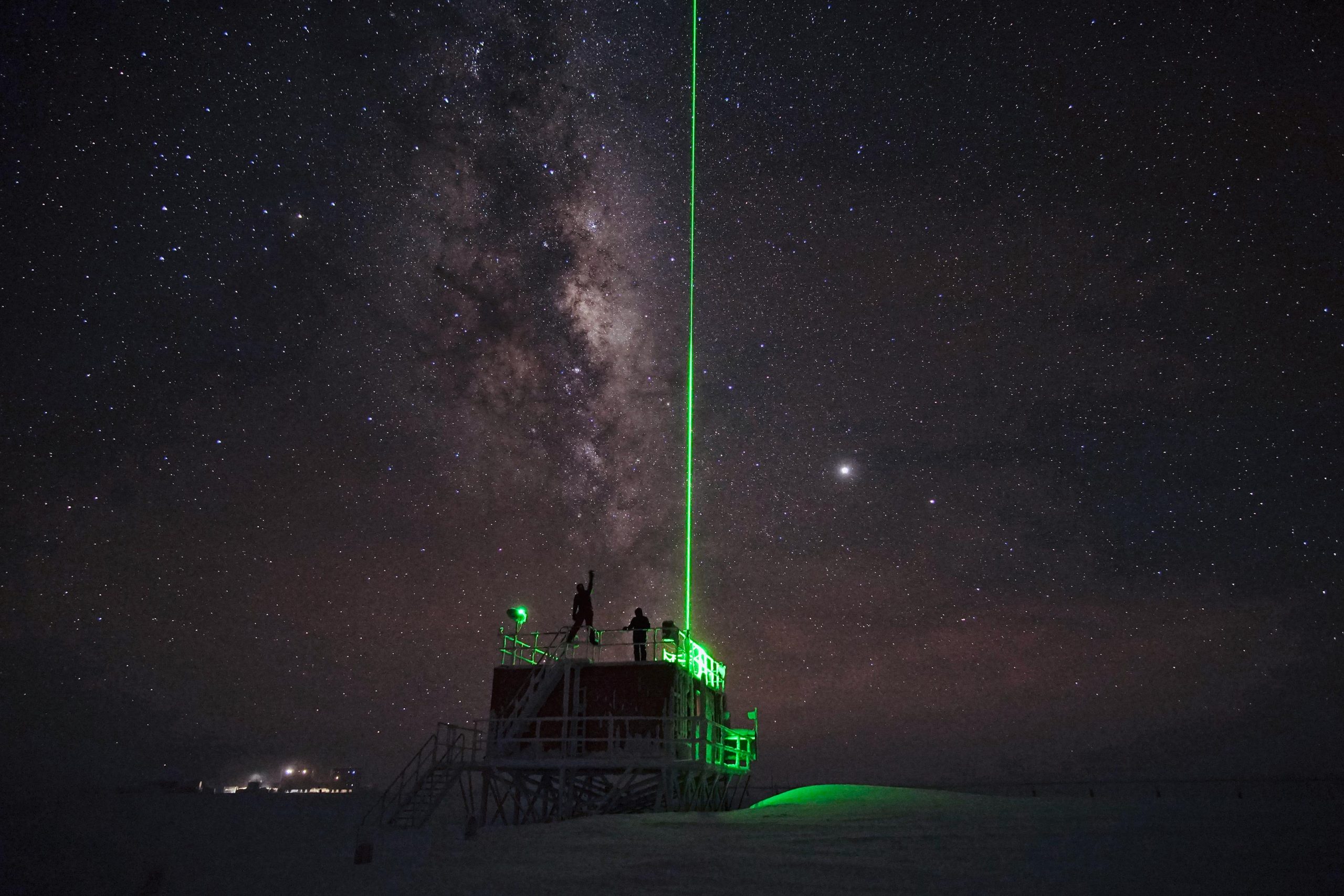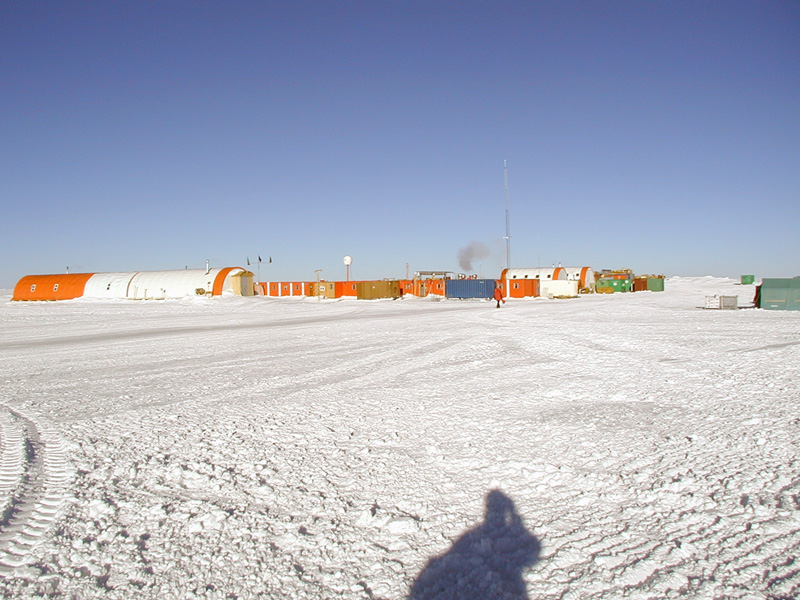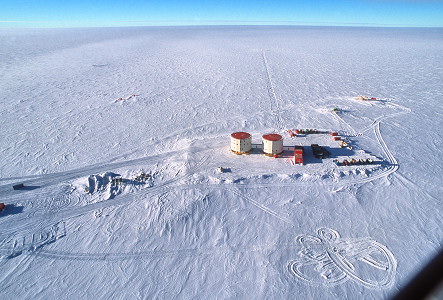ASCII
Type of resources
Topics
INSPIRE themes
Keywords
Contact for the resource
Provided by
Years
Formats
Representation types
Update frequencies
status
Scale
-

The lidar observatory at Dome C, Concordia station, is one of the primary stations of the NDACC network (Network for the Detection of Atmospheric Composition Change). Since 2014 the lidar observes polar stratospheric clouds at a height between 12 and 26 km typically, from early June until the end of Settember. These PSCs play an important role in the ozone chemistry and promote the depletion of the stratospheric ozone layer. The lidar can detect even very thin PSC layers and can provide important information about their chemical composition. The lidar can be used to study formation and dynamical processes and to provide long term records useful for climate studies.
-

The DoCTOr (Dome C Tropospheric Observer) project aims to establish an integrated monitoring system to measure simultaneously, continuously and with a high temporal resolution the water vapor and temperature vertical profiles and the radiative exchanges vs. altitude. The monitoring will enable us to detect both long-term trends and fast-evolving phenomena, the latter useful in the interpretation of the causes of the first. This task is performed mainly through remote sensing techniques, allowing for the study of a highly unperturbed atmospheric sample. The integration of all the deployed instrumentation in a single acquisition system simplifies greatly the data analysis needed to retrieve the final products: The REFIR-PAD spectroradiometer (already operating in dome C since 2011) will provide spectrally-resolved atmospheric downwelling radiances in the mid to far-infrared spectral range, while a laser diode based profiler will characterize the microphysics state of the first 3 km of the atmosphere.A real-time data analysis system based on an atmospheric radiative transfer model will then retrieve from the acquired data the temperature and water vapor profiles and the cloud optical thickness in almost all weather conditions found at Dome C, with a temporal resolution of about 10 minutes.
-
Surface ozone data, collected through a UV-absorption analyzer (49i or 49c)
-

The datataset includes sound pressure levels acquired in the Ross Sea during project AMORS
-

The research program aims to continue accurate measurements of surface radiative fluxes downwelling and upwelling at Dome-C, within the network Baseline Surface Radiation Network (BSRN https://bsrn.awi.de/), in order to provide broadband measurements of solar radiation short wave (in the three downwelling components direct, diffuse, global and in the global reflected fluxes) and thermal radiation (emitted from the atmosphere and from the surface). These measurements performed throughout the year provide complete information of the radiative regime in the East Antarctic Plateau, as well as its seasonal and interannual variability, and the radiative fluxes are an important input parameter for both the mass balance and regional climate models. In addition, the surface irradiance datasets are required to validate and calibrate at least 10-11 different satellite observations.
-
ISMAR_AN95 (?) ORA di BAIA TERRA NOVA ctd dicembre 1994 - CTD casts in the Ross Sea Station AN94043 - AN94045 - AN94046 - AN94047 - AN94048 - AN94049 - AN94050 - AN94051 - AN94052 - AN94053 - AN94054 - AN94055 - AN94056 - AN94057 - AN94058 - AN94059 - AN94060 - AN94061 - AN94062 - AN94063 - AN94064 - AN94065 - AN94066 - AN94067 - AN94068 - AN94069 - AN94070 - AN94071 - AN94072 - AN94073 - AN94074 - AN94075 - AN94076
-

The lidar observatory at Mcmurod, was one of the primary stations of the NDACC network (Network for the Detection of Atmospheric Composition Change) from 2004 to 2010. The lidar observes polar stratospheric clouds at a height between 12 and 26 km typically, from early June until the end of Settember. These PSCs play an important role in the ozone chemistry and promote the depletion of the stratospheric ozone layer. The lidar can detect even very thin PSC layers and can provide important information about their chemical composition. The lidar can be used to study formation and dynamical processes and to provide long term records useful for climate studies.